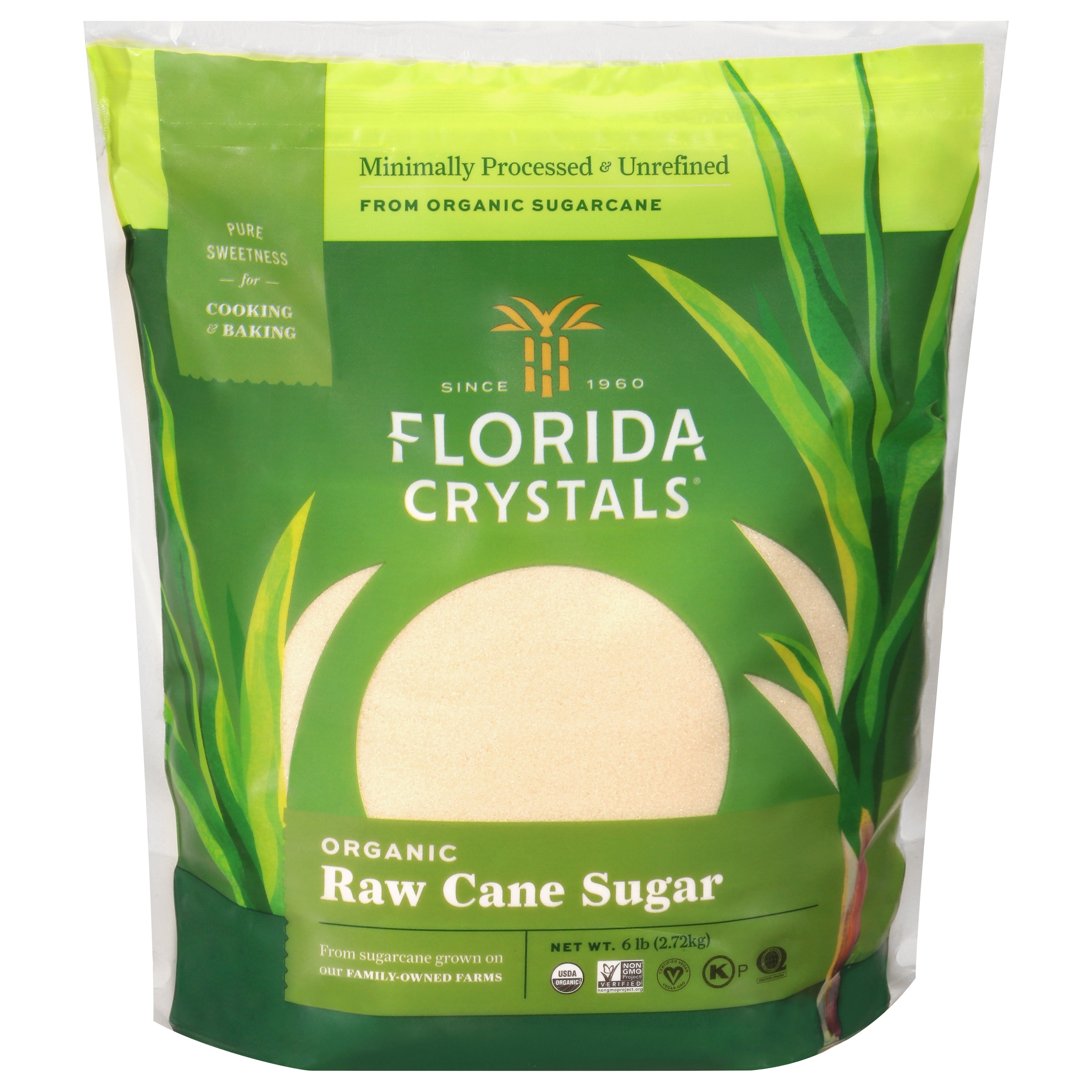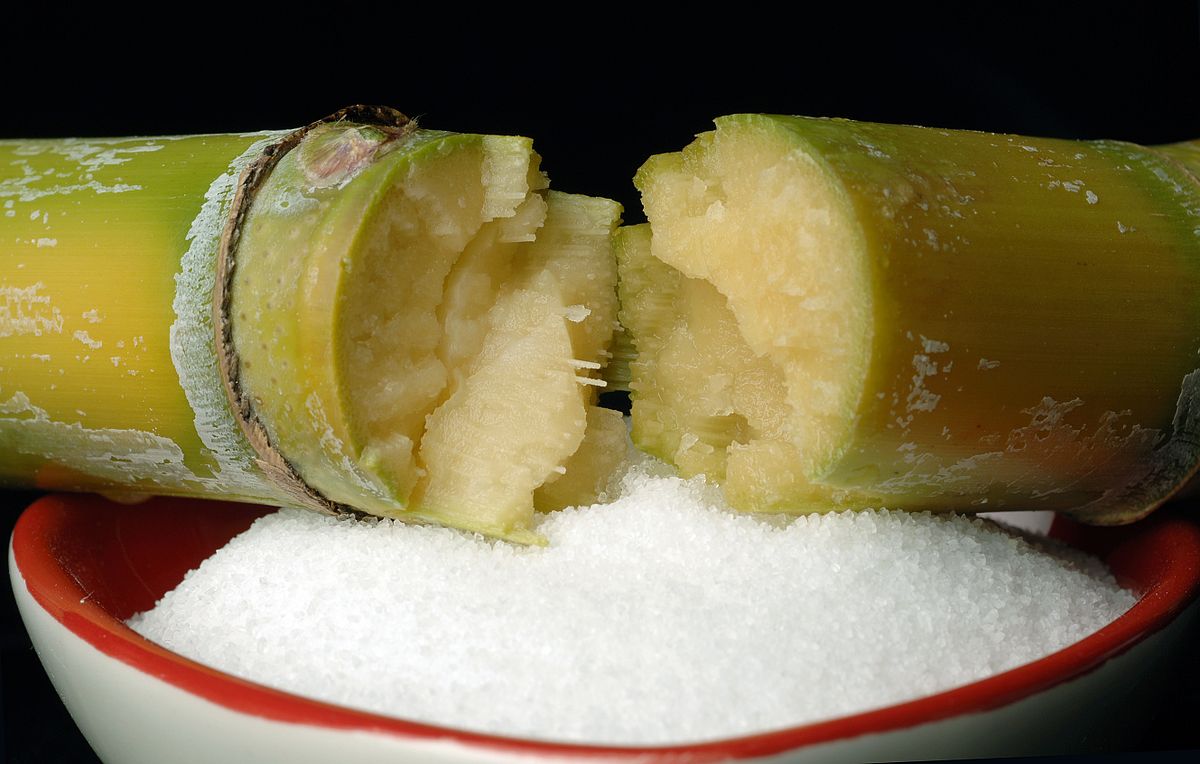Effective Cane Sugar Processing: Making Best Use Of Return and Pureness
Effective Cane Sugar Processing: Making Best Use Of Return and Pureness
Blog Article
An In-Depth Overview to the Ecological Influence and Sustainability Practices in Walking Stick Sugar Processing
The ecological impact of walking stick sugar handling provides an intricate selection of challenges that warrant careful evaluation. From dirt degradation and extreme water usage to the carbon impact associated with cultivation and manufacturing, the repercussions of standard practices are far-reaching. What certain practices can be implemented to strike an equilibrium in between efficiency and ecological stewardship?
Overview of Walking Cane Sugar Handling
Walking cane sugar processing includes a series of systematic actions that transform sugarcane right into refined sugar. Initially, collected sugarcane is delivered to refining centers, where it goes through cleaning to remove soil and debris. Following this, the walking cane is squashed to draw out juice, which is then cleared up by eliminating pollutants via home heating and the addition of lime.
The made clear juice undertakes evaporation, where water is eliminated to concentrate the sugar content. This concentrated syrup is then crystallized with cooling, enabling sugar crystals to create. These crystals are separated from the continuing to be syrup making use of centrifugation, causing raw sugar. To achieve polished sugar, the raw item undertakes additional filtration procedures, which may consist of cleaning and filtering system to get rid of continuing to be contaminations and color.
The last item is then dried out and packaged for circulation. Throughout this whole process, keeping efficiency and high quality control is important to make certain the sugar satisfies industry standards. Each action in walking cane sugar processing not just adds to the last item but additionally has ramifications for resource usage and waste generation, setting the stage for conversations on sustainability and ecological effects connected with sugar manufacturing.
Ecological Difficulties of Production
The manufacturing of cane sugar presents numerous significant environmental challenges that warrant attention. One primary concern is the substantial use of agrochemicals, including fertilizers and pesticides, which can lead to soil destruction, biodiversity loss, and contamination of local water resources. The drainage from sugarcane areas often carries these chemicals into neighboring environments, interfering with water life and affecting the health and wellness of neighborhoods reliant on these water bodies.
An additional obstacle is the high power intake connected with sugarcane handling. The boiling and refining stages need substantial heat, mainly generated by shedding nonrenewable fuel sources, contributing to greenhouse gas discharges. Additionally, the large acreage required for sugarcane cultivation can cause deforestation and environment devastation, more aggravating climate change and harmful wild animals.
Furthermore, the labor practices in some regions increase moral problems, as workers might encounter inadequate working problems and inadequate earnings. This scenario often continues a cycle of hardship in local areas. Cane Sugar Processing. Addressing these environmental obstacles is crucial for establishing much more sustainable methods in walking stick sugar manufacturing, inevitably profiting both the setting and the neighborhoods associated with this sector
Water and Land Usage Impact
Water resources and land utilization are important parts in the walking cane sugar sector that dramatically influence the atmosphere. The farming of sugarcane requires substantial water input, with price quotes suggesting that it can eat approximately 2,000 liters of water per kilo of sugar produced. This extensive use of water typically leads to deficiency of neighborhood water resources, impacting not just the sugarcane plantations but also surrounding communities and neighborhoods that rely upon the same water resources for farming and residential usage.

In addition, land use for sugarcane cultivation can lead to logging and the conversion of natural habitats into monoculture vineyards. This method diminishes biodiversity, interferes with neighborhood communities, and adds to dirt deterioration. The growth of sugarcane areas typically elbows in on useful agricultural land, creating competitors for resources in between click here for more food and biofuel manufacturing.
Lasting methods, such as maximizing irrigation techniques and executing crop rotation, are important to minimize these influences. By taking on much more efficient water use and land administration methods, the walking stick sugar industry can decrease its environmental impact, ensuring an equilibrium between agricultural performance and ecological preservation.
Greenhouse Gas Emissions
Greenhouse gas try here emissions stand for a substantial environmental concern within the walking cane sugar processing industry, especially as farming methods broaden to fulfill worldwide demand. The cultivation of sugarcane, a plant that thrives in tropical climates, counts greatly on synthetic fertilizers and chemicals, which add to laughing gas emissions. Furthermore, land-use changes, consisting of logging for new sugarcane plantations, release carbon dioxide kept in vegetation and soil.
Throughout handling, power consumption is another major source of greenhouse gas discharges - Cane Sugar Processing. Lots of sugar mills utilize nonrenewable fuel sources to power machinery and create warmth, leading to substantial carbon footprints. Furthermore, the transport of raw sugarcane and ended up products includes layers of emissions through fuel combustion in lorries
The advancing result of these discharges exacerbates environment modification, posing risks not just to the environment but additionally to the lasting viability of the market. Stakeholders should identify the immediate demand for detailed approaches that deal with these emissions. This includes examining current agricultural practices, processing techniques, and transportation systems to identify areas for renovation and mitigation. Resolving greenhouse gas emissions is vital for cultivating a much more sustainable walking cane sugar market in a changing climate.

Sustainable Practices and Innovations
Lasting methods and developments are increasingly vital in the walking cane sugar processing sector as stakeholders seek to decrease ecological influences while preserving productivity. One substantial development is the application of integrated plant management, try this which enhances source usage by incorporating soil administration, bug control, and crop turning techniques. This technique boosts return while lessening chemical inputs and maintaining soil health.
Additionally, the fostering of eco-friendly energy resources, such as biomass from sugarcane residues, has gained traction - Cane Sugar Processing. By transforming waste products right into energy, processing centers can decrease their reliance on fossil gas, therefore decreasing greenhouse gas emissions
Water monitoring techniques have likewise seen renovations through the recycling and reusing of water in handling plants, substantially reducing freshwater consumption. Developments in modern technology, such as accuracy farming, make it possible for farmers to monitor crop wellness and source usage extra efficiently, making sure sustainable farming techniques.
Moreover, certification programs like Fair Trade and Rain forest Alliance urge ecologically liable farming practices and advertise social equity within the supply chain. By accepting these sustainable techniques and developments, the cane sugar handling market can improve its strength and contribute favorably to ecological stewardship.
Final Thought
The ecological impact of walking cane sugar handling provides substantial difficulties, including soil destruction, high water consumption, and greenhouse gas discharges, together with ethical worries connected to labor practices. Dealing with these problems through lasting practices, such as incorporated crop management, renewable resource fostering, and water recycling, is necessary. By promoting socially equitable and eco accountable approaches in sugar manufacturing, the market can alleviate its negative results, making sure a much more sustainable future for both ecological communities and areas associated with this industry.
Walking cane sugar processing involves a collection of methodical steps that change sugarcane right into polished sugar. Each step in walking stick sugar processing not just contributes to the last item yet additionally has effects for resource use and waste generation, establishing the stage for discussions on sustainability and environmental effects linked with sugar production.
Greenhouse gas exhausts represent a substantial environmental issue within the cane sugar processing market, especially as farming practices expand to meet global need.Lasting methods and innovations are significantly essential in the walking stick sugar processing industry as stakeholders seek to reduce environmental influences while preserving performance.The ecological influence of walking stick sugar handling provides significant challenges, consisting of dirt degradation, high water intake, and greenhouse gas emissions, along with honest concerns related to labor methods.
Report this page